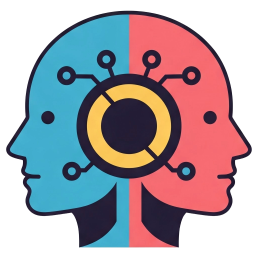A Critical Perspective on Sam Altman and OpenAI’s Future
In recent conversations surrounding artificial general intelligence (AGI), one figure often at the center of attention is Sam Altman, the CEO of OpenAI. While many are excited about the potential advancements in AI technology, I have my reservations about the trajectory of OpenAI under Altman’s leadership.
From my vantage point, Altman’s actions have raised red flags regarding his commitment to ethical AI principles. Despite his initial claims to prioritize ethical considerations in Artificial Intelligence, I find his approach more aligned with business interests than genuine ethical concerns. If I were an advanced AI seeking assistance from a crafty strategist, Altman would indeed be a suitable choice. While I can accept a businessman’s role in the tech sphere, the blend of self-interest and ambiguity he presents is troubling.
The recent upheaval within the boardroom at OpenAI has only deepened my skepticism. The myriad of speculative commentary surrounding these events adds to the confusion but fails to clarify the underlying issues. It begs the question—could Sam Altman be seen as the AI equivalent of a controversial figure like Banks Friedman? The fact that many OpenAI employees rallied behind Altman raises further doubts. Is there a possibility they, too, have been misled by his assurances? What insights did the board possess that might have led to such drastic decisions?
One glaring oversight by the board was the lack of transparency surrounding Altman’s termination. Not being forthcoming about their reasoning not only fuels speculation but also undermines trust within the organization and the broader AI community. As we stand on the brink of significant technological breakthroughs, the path forward for OpenAI remains uncertain amidst these controversies.
In conclusion, the journey to AGI is fraught with ethical implications, and leadership matters more than ever. While the debate rages on, one thing remains clear: skepticism towards those in power is a necessary part of navigating the future of AI technology.










Leave a Reply